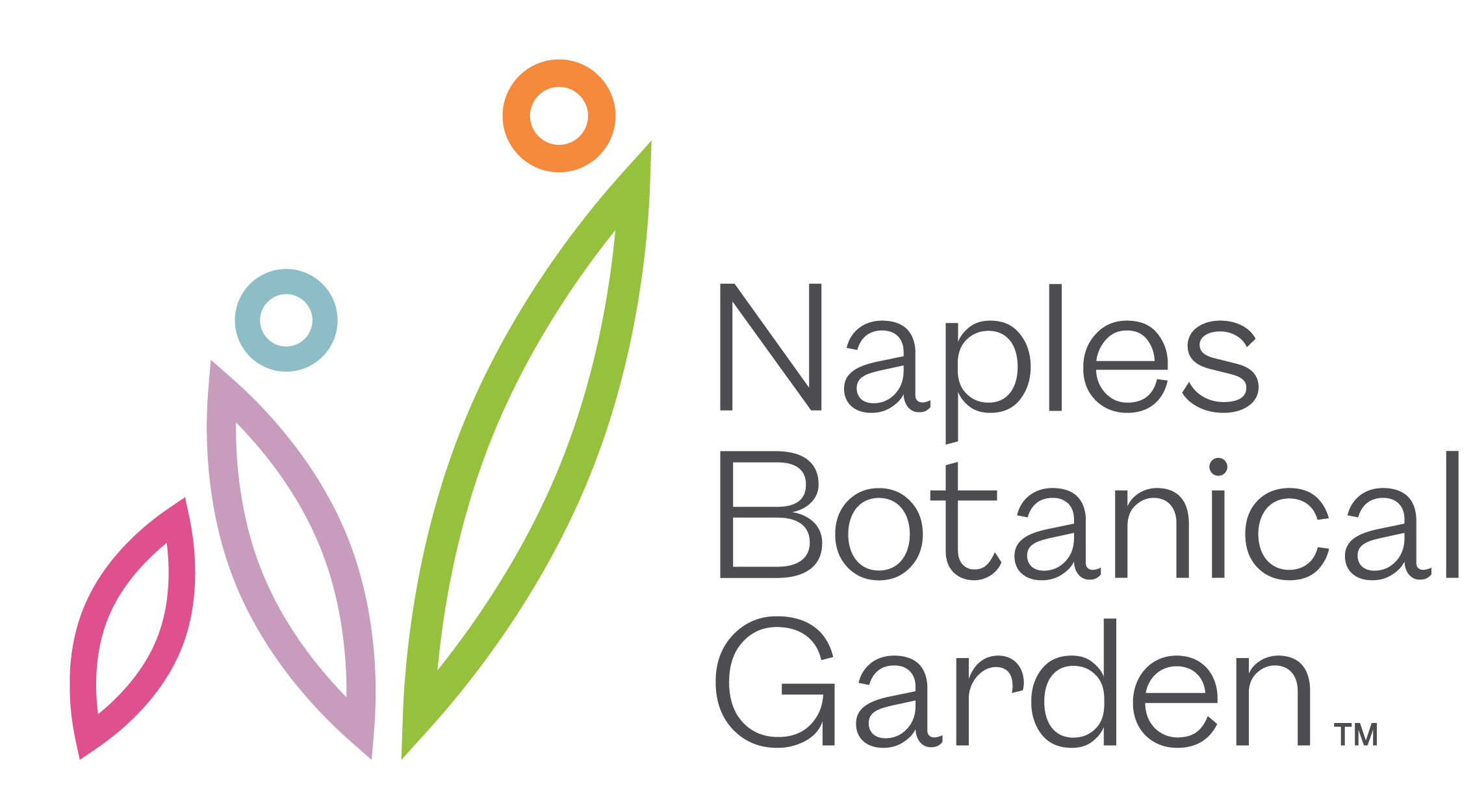Want to grow your own vegetables, but limited on space? Container gardening could be the solution you are looking for. One of the most important things is deciding on what kind of container you want to use. The size of your container will depend on what you decide to grow. Some seed packets will tell you what size pot to use, especially if you’re growing dwarf varieties.

Now, it is important to know how to find out the size of your pot. One way pots are sorted is by diameter, so a 12-inch pot is one with a diameter at the opening of 12 inches. It is important to keep in mind the depth of the pot as well, as some plants may require dryer or wetter conditions. The more soil in a pot, the more moisture will be retained, so deeper pots will be wetter than shallow ones.


Sometimes pots will be sorted by the amount they hold in quarts or gallons instead of their diameter.


If you do not have a measuring tape handy, here is a rough conversion table to help.
| Diameter | 4” | 6” | 8” | 8.5-9” | 10” | 12” | 14” | 16” | 18” | 24” |
| Gallons | .125 (pint) | 0.25 (quart) | 1 | 2 | 3 | 5 | 7 | 10 | 15 | 25 |
After you have chosen the pot size most appropriate for your gardening, make sure it has adequate drainage. The drainage holes do not have to be large, but make sure they’re not so small that they prevent drainage. Excess moisture can hurt the roots of the plant and cause rot.
Often, people think about aesthetics when they’re choosing pots—especially if their garden will be prominently displayed. But it’s important to consider how the pot’s material affects the plant’s growth. Pots are made from a variety of materials, including ceramic, metal, polyurethane foam, and concrete. Ceramic, clay, and concrete are going to be the heaviest. They will also dry out faster than plastic or metal. Polyurethane foam pots will have the look of a lot of ceramic and clay pots but be much lighter; they also insulate against temperature changes like clay pots. Soil inside metal containers will fluctuate the most in response to temperature. Thin plastic containers are great for their light weight, but they will become brittle with cold or age.

The color of your containers is also important. Darker colors create higher temperatures in the soil they hold, which can damage roots, especially of younger plants.
After you’ve taken size, materials, and “looks” into account and chosen a container, the next step will be choosing a location that will work for both you and your veggies. Identify an area in your yard that receives ample amounts of sun throughout the day, as veggies need 5-6 hours of direct sunlight to thrive. A southern-facing spot is ideal. It is often best to select your location first and then place the container and fill it with soil so you don’t have to move it when it is at its heaviest.

